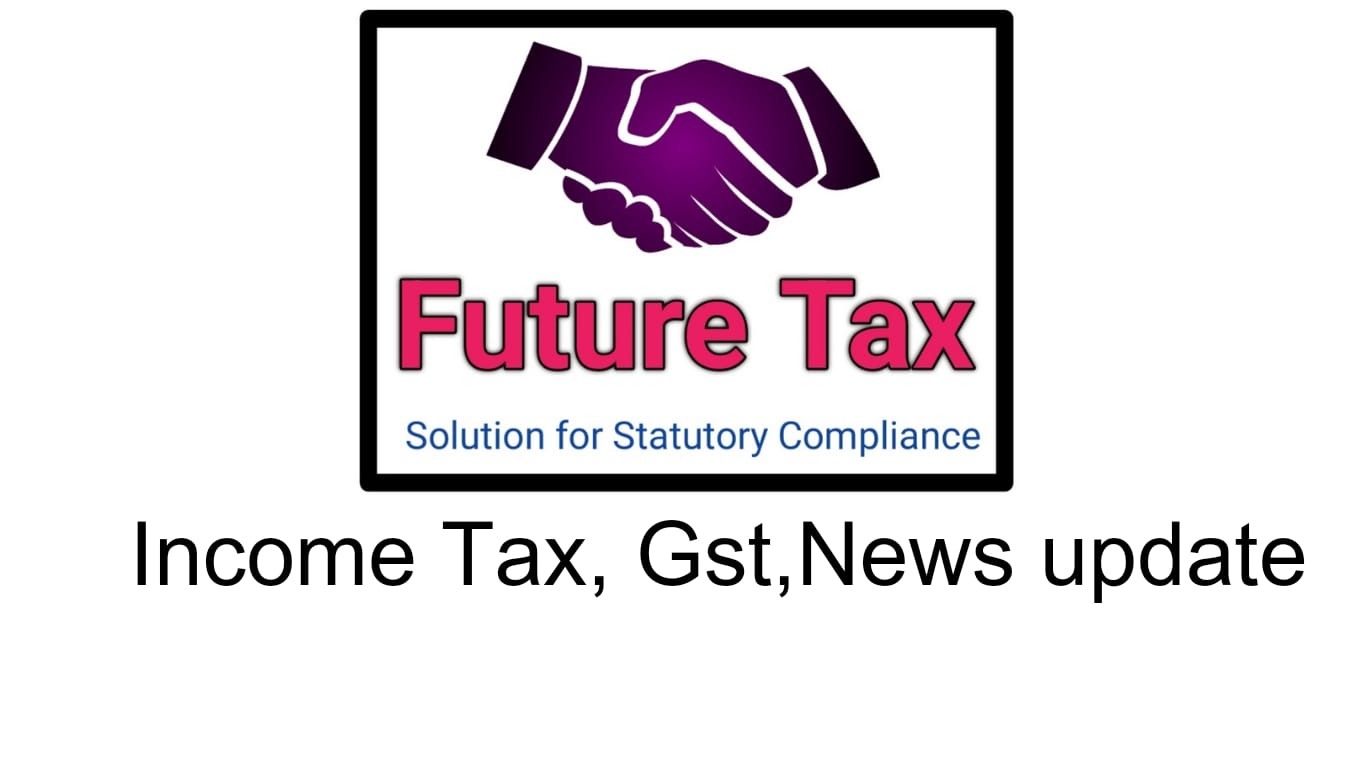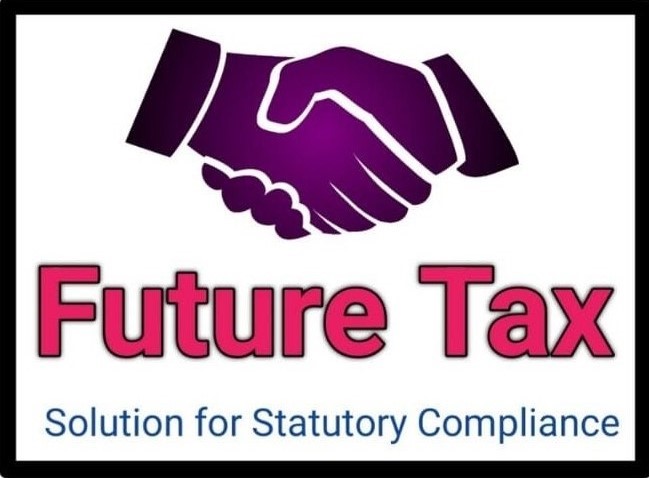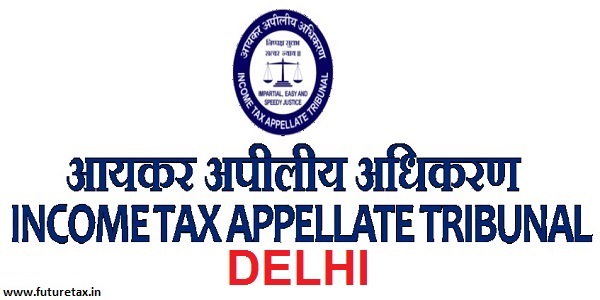
A New Invoice Management Functionality on GST Portal wef 1st October 2024-Future Tax
- GST
- September 14, 2024
- No Comment
- 131
- 10 minutes read
Summary: Starting October 1, 2024, the GST portal will introduce a new Invoice Management System (IMS) to streamline invoice corrections and amendments. This functionality allows recipients to manage invoices reported by vendors in GSTR-1, IFF, or 1A. Recipients can accept, reject, or hold invoices in IMS. Accepted invoices will appear in their GSTR-2B, while rejected or pending invoices will not. If no action is taken, invoices are deemed accepted. Suppliers must address any amendments or corrections before filing GSTR-1 or GSTR-1A. Rejected invoices or credit notes by recipients will affect the supplier’s GSTR-3B liability in subsequent periods. The system aims to improve accuracy and compliance in GST reporting, requiring recipients to take timely actions and maintain records accordingly. Automated and manual actions, as well as compliance with Section 16(4) of the CGST Act, are crucial for effective tax management.
Invoice Management System (IMS)
A new functionality on the GST portal from 1st October 2024 onwards
A new functionality is introduced by the GST portal to facilitate the user to address the issues regarding invoice corrections/amendments with vendors, which is called the Invoice Management System (IMS), the same shall be available to the taxpayer from 1st October 2024 onwards on the GST portal.
FACTUAL DETAILS
1. As per this functionality, any invoice reported in GSTR 1 / IFF / 1A by the vendor, will reflect in the IMS dashboard of the recipient.
2. The recipient then will either accept, reject or keep such an invoice pending.
3. Oly the accepted invoices by the recipients would become part of their GSTR-2B as eligible ITC.
4. The recipient can take action from the time of saving the records in GSTR 1 / IFF / 1A by the supplier taxpayer till the recipient taxpayer files GSTR-3B.
5. If the recipient doesn’t take any action on an invoice in IMS, then it will be deemed accepted and will move to GSTR-2B as an accepted invoice.
6. In case, the supplier amends the details of a saved invoices in the GSTR-1 before filling the GSTR-1, in such cases the amended invoice will replace the original invoice in IMS, irrespective of the action taken by the recipient on the original invoice. In case, the supplier amends the details of a saved invoices in the GSTR-1 before filling the GSTR-1, in such cases the amended invoice will replace the original invoice in IMS, irrespective of the action taken by the recipient on the original invoice.
7. In case supplier has amended any invoice filed in GSTR-1 through GSTR-1A then same will also flow to IMS, however, ITC corresponding to the same will flow in GSTR-2B of the subsequent month only.
CATEGORY OF INVOICES BASIS THE RECIPIENT ACTIONS
1. No action taken: Invoices/records where no action has been taken by the recipient, will be treated as deemed accepted at the time of GSTR-2B generation.
2. Accepted: These will become part of GSTR-2B generation.
3. Rejected: These records will not be considered for GSTR-2B generation.
4. Pending: These records will not be considered for GSTR-2B generation for the month and will be carried forward in IMS for further action in subsequent months.
*Pending’ action shall not be allowed in following scenarios*:
1. Original Credit note.
2. Upward amendment of the credit note irrespective of the action taken by recipient on the original credit note.
3. Downward amendment of the credit-note if original credit note was rejected by recipient,
4. Downward amendment of Invoice/ Debit note where original Invoice/ Debit note was accepted by recipient and respective GSTR 3B has also been filed.
EFFECT ON SUPPLIER LIABILITY
The liability of supplier will be increased in GSTR 3B for the subsequent tax period, for the invoices/records which have been rejected by the recipient in the IMS for the following transactions
a. Original Credit note rejected by the recipient
b. Upward amendment of the credit note rejected irrespective of the action taken on the original credit note.
c. Downward amendment of the credit note rejected if original credit note was rejected.
d. Downward amendment of Invoice/ Debit note rejected where original Invoice/ Debit note was accepted and respective GSTR 3B has also been filed.
OPEN ENDED POINTERS: –
- Any segregation of invoice deemed accepted and accepted by the recipient.
- Is this mandatory and supported by the law.
- If mistakenly rejected and GSTR 3B is filed, how correction can be done.
- Whether partial acceptance of invoices is possible.
- What is the process of transaction belonging to the recipient but not accounted in books.
CONSIDERATIONS REQUIRED BY THE TAXPAYERS –
i. Automated or Manual exercise.
ii. Impact tax compliances, Accounting and processes.
iii. Actions within the restricted time period.
iv. Conscious while taking action.
v. Maintain record of invoices/records rejected or pending for actions.
vi. No scope to claim ITC beyond 16(4).
KEY POINTS: –
- Only the accepted invoices by the recipients would become part of GSTR-2B and flow in different tabs of GTSR 2B.
- Based on action taken by the recipient, a draft GSTR-2B will be made available to recipient on 14th of the subsequent month.
- Recipient can take actions of accept/reject or keep pending even after generation of GSTR-2B till the filing of GSTR-3B and if recipient has taken an action on any invoice after 14th of the month, then he would be required to recompute GSTR-2B. Thus, recompute GSTR 2B facility will be enabled.
- Recipient can’t take action on an invoice after filing of GSTR-3B for the same month.
- GSTR 2B for the subsequent month can be generated only after filing previous GSTR 3B.
- The invoices which would be kept pending can be availed by taxpayers at any future point of time but not later than the limits prescribed by Section 16(4) of the CGST Act, 2017.
- Mandatory action to be taken Original ‘Credit note’, ‘Upward amendment of the credit note’ and ‘Downward amendment of the credit-note if original credit note was rejected by recipient’.
- Supplier will also be able to see what action his recipient has taken on invoices in IMS.
- It is mandatory to take action on original record and file the respective GSTR 3B before taking action on amended record (amended through GSTR-1A/GSTR-1) when original and amended record belongs to 2 different GSTR 2B return period. Whereas, if both the records belong to same period’s 2B, only amended record will be considered for ITC calculation of GSTR 2B.
- The records/invoices saved or filed through IFF by a QRMP taxpayer will flow to IMS for the recipient.
- GSTR-2B for a QRMP taxpayer will be generated on a Quarterly basis only.
- Inward RCM supplies where supplier has reported in the Table 4B of IFF / GSTR 1 or GSTR 1A and supplies where ITC is not eligible due to section 16(4) of CGST Act or on account of POS rule, both such supplies will not go to IMS and will be directly populated in the GSTR 3B.




